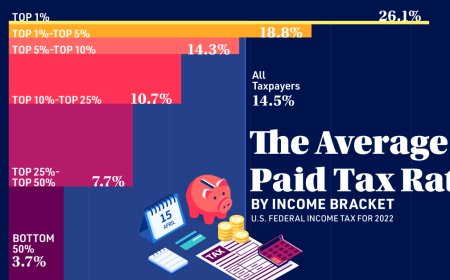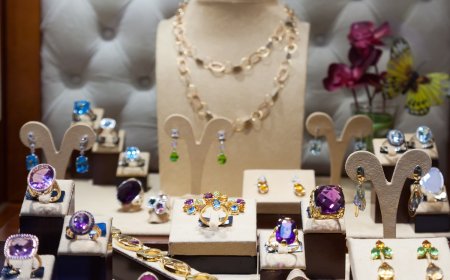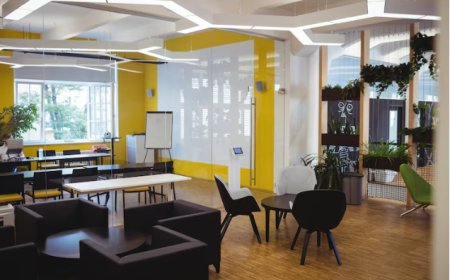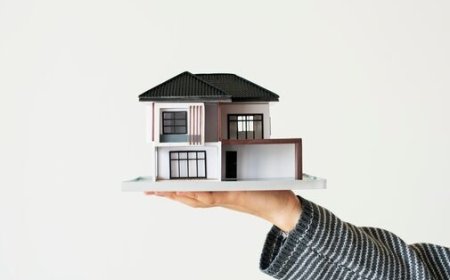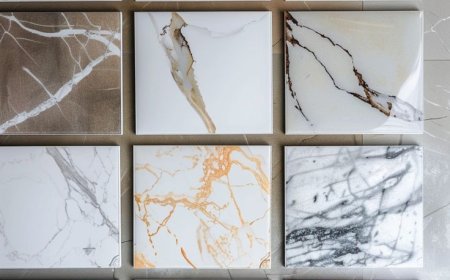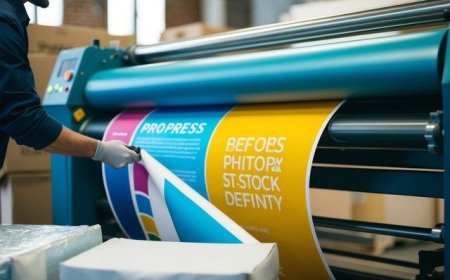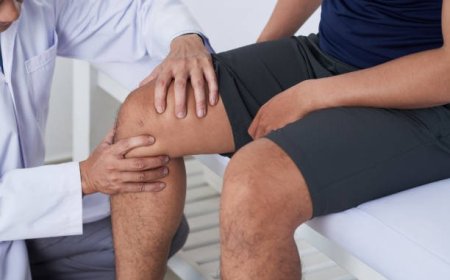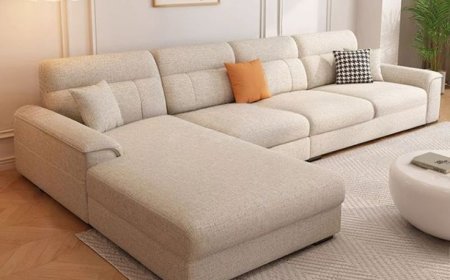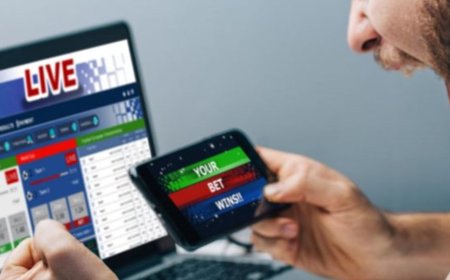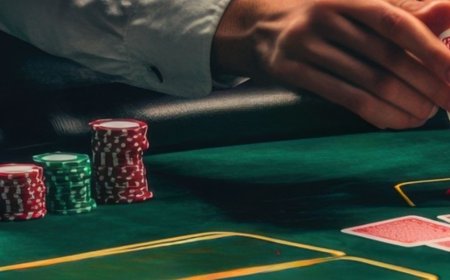Tennis Court Materials: Why Synthetic Acrylic Flooring is the Top Choice
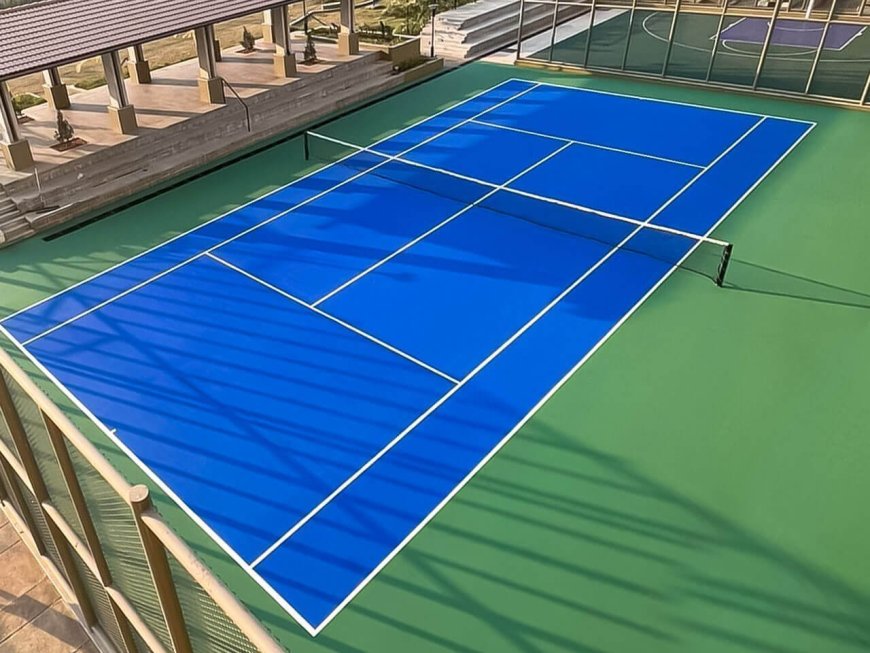
When constructing a tennis court, selecting the right surface material is crucial for performance, durability, and player safety. Among the available optionssuch as clay, grass, and hard courtssynthetic acrylic flooring stands out as a top choice, especially for outdoor installations in varying climates. This article explores why synthetic acrylic flooring is preferred, its benefits, structure, and why its ideal for modern tennis facilities.
What is Synthetic Acrylic Tennis Court Flooring?
Synthetic acrylic flooring is a multi-layered sports surface applied over a concrete or asphalt base. It is known for offering consistent bounce, superior grip, and long-lasting durability. Typically, the flooring system includes a primer, one or more base coats (often rubberized), colored texture coats, and acrylic line markings. Each layer contributes to the court's overall performance, player safety, and weather resistance.
Benefits of Synthetic Acrylic for Tennis Courts
One of the key advantages of synthetic acrylic tennis court flooring is its ability to deliverconsistent playing performance. Players benefit from uniform ball bounce and speed, allowing for improved control and competitive training. This consistency is especially important in tournaments and high-level coaching environments.
Another major benefit is weather resistance. Unlike natural surfaces such as grass or clay, synthetic acrylic courts can withstand high UV exposure, rainfall, and temperature variations without significant damage. The surface doesnt easily crack, fade, or warp, which makes it an ideal choice for regions with unpredictable weather patterns.
Player safety is another major factor. The textured surface provides excellent grip, reducing the risk of slipping. Its also customizable in terms of cushioning, which helps reduce joint strain and fatigue, especially during long matches or practice sessions.
From a maintenance perspective, synthetic acrylic courts are low maintenance. Occasional cleaning and minor repairs are usually enough to keep the court in top condition for years. Compared to clay or grass courts, which require regular grooming and watering, synthetic surfaces are far more practical for long-term use.
Lastly, synthetic acrylic courts are customizable in terms of color, layout, and design. Facility owners can choose vibrant color combinations and custom line markings for multi-sport use or branding purposes.
Base Materials Required
Synthetic acrylic flooring is typically installed over either an asphalt or concrete base. An asphalt base provides flexibility and is commonly used in areas with moderate temperature variations. A concrete base, on the other hand, is more rigid and durable but requires proper moisture treatment and expansion joints to prevent cracking.
Before applying the acrylic layers, the base must be well-prepared, level, clean, and with adequate slope for drainage. This ensures the flooring system adheres properly and delivers a long-lasting performance.
Material Composition of the Acrylic System
A typical synthetic acrylic system is composed of high-performance materials designed for durability and playability. The main components include acrylic resins for UV stability, silica sand for surface texture, and rubberized coatings (optional) for cushioned court variants. The line markings are done using durable acrylic paints that resist fading and peeling over time. These components are applied using specialized tools to ensure uniform layering and thickness.
Ideal Use Cases
Synthetic acrylic tennis court flooring is suitable for a wide range of applications. These include professional tennis academies, schools and universities, residential societies, sports complexes, and recreational parks. Because of its durability and ease of use, its equally suited for both indoor and outdoor installations.
Cost Consideration
The cost of synthetic acrylic tennis court flooring depends on various factors. These include the size of the court, the base material used (concrete or asphalt), the number of acrylic layers, and whether a cushioned system is applied. While it may involve a slightly higher upfront cost compared to plain cement courts, synthetic acrylic offers greater value in the long run due to its low maintenance and superior longevity.
Conclusion
Choosing the right tennis court flooring material has a direct impact on the quality of play, safety, and long-term maintenance. Synthetic acrylic flooring has proven to be a superior choice thanks to its consistency, durability, safety features, and aesthetic appeal. For anyone planning to construct or resurface a tennis court, this material offers a smart investment that ensures lasting performance and professional-grade play.













